Shicheng Wang
IBMEA: Exploring Variational Information Bottleneck for Multi-modal Entity Alignment
Jul 27, 2024



Abstract:Multi-modal entity alignment (MMEA) aims to identify equivalent entities between multi-modal knowledge graphs (MMKGs), where the entities can be associated with related images. Most existing studies integrate multi-modal information heavily relying on the automatically-learned fusion module, rarely suppressing the redundant information for MMEA explicitly. To this end, we explore variational information bottleneck for multi-modal entity alignment (IBMEA), which emphasizes the alignment-relevant information and suppresses the alignment-irrelevant information in generating entity representations. Specifically, we devise multi-modal variational encoders to generate modal-specific entity representations as probability distributions. Then, we propose four modal-specific information bottleneck regularizers, limiting the misleading clues in refining modal-specific entity representations. Finally, we propose a modal-hybrid information contrastive regularizer to integrate all the refined modal-specific representations, enhancing the entity similarity between MMKGs to achieve MMEA. We conduct extensive experiments on two cross-KG and three bilingual MMEA datasets. Experimental results demonstrate that our model consistently outperforms previous state-of-the-art methods, and also shows promising and robust performance in low-resource and high-noise data scenarios.
In-plane prestressed hair clip mechanism for the fastest untethered compliant fish robot
Jul 18, 2022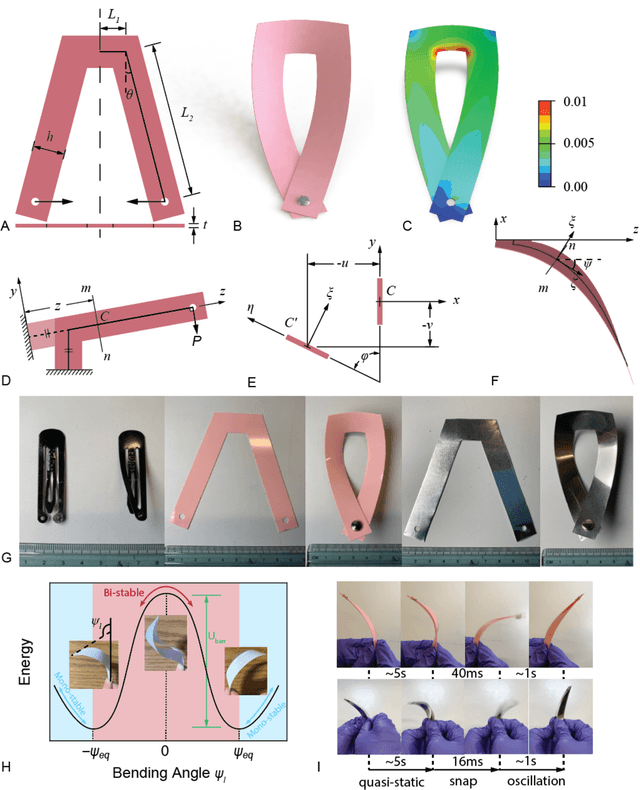
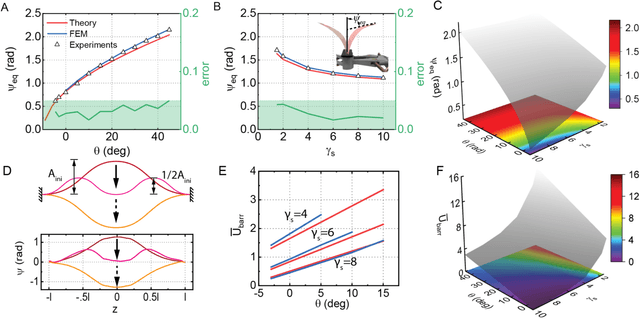


Abstract:A trend has emerged over the past decades pointing to the harnessing of structural instability in movable, programmable, and transformable mechanisms. Inspired by a steel hair clip, we combine the in-plane assembly with a bistable structure and build a compliant flapping mechanism using semi-rigid plastic sheets and installed it on both a tethered pneumatic soft robotic fish and an untethered motor-driven one to demonstrate its unprecedented advantages. Designing rules are proposed following the theories and verification. A two-fold increase in the swimming speed of the pneumatic fish compared to the reference is observed and the further study of the untether fish demonstrates a record-breaking velocity of 2.03 BL/s (43.6 cm/s) for the untethered compliant swimmer, outperforming the previously report fastest one with a significant margin of 194%. This work probably heralds a structural revolution for next-generation compliant robotics.
Road-network-based Rapid Geolocalization
Jun 25, 2019
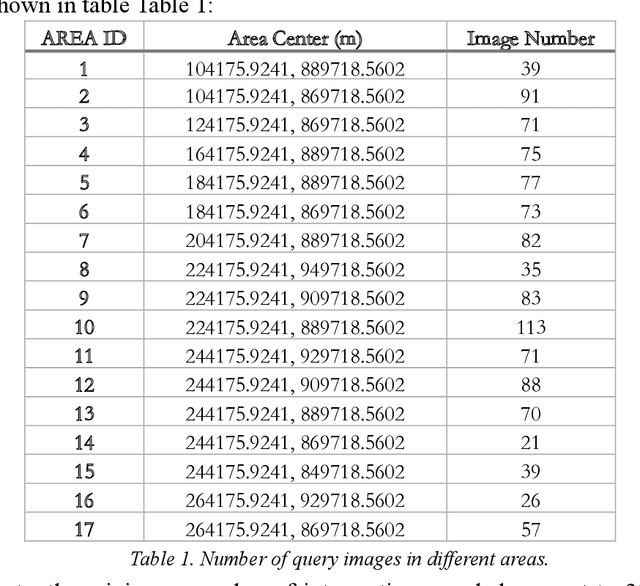
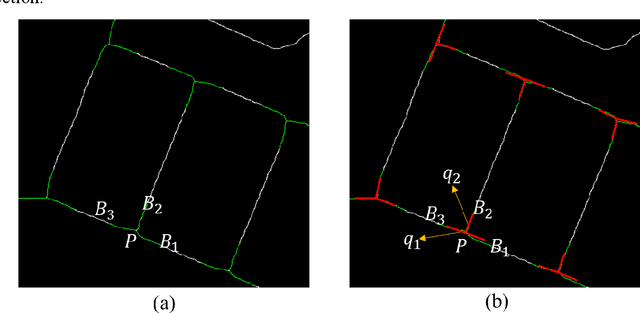
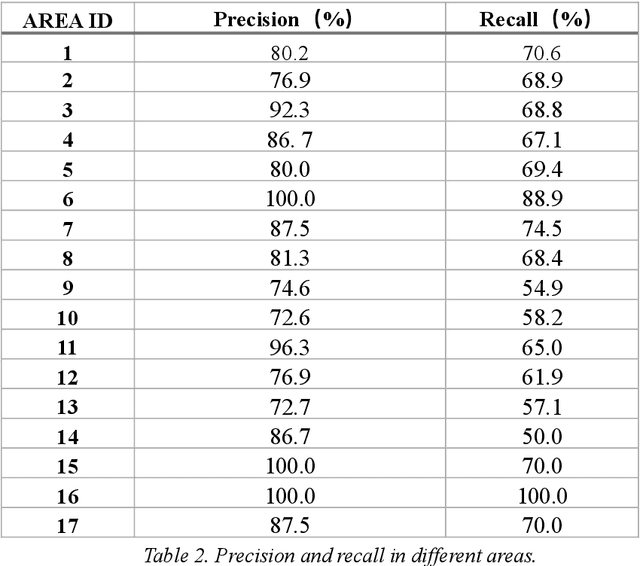
Abstract:It has always been a research hotspot to use geographic information to assist the navigation of unmanned aerial vehicles. In this paper, a road-network-based localization method is proposed. We match roads in the measurement images to the reference road vector map, and realize successful localization on areas as large as a whole city. The road network matching problem is treated as a point cloud registration problem under two-dimensional projective transformation, and solved under a hypothesise-and-test framework. To deal with the projective point cloud registration problem, a global projective invariant feature is proposed, which consists of two road intersections augmented with the information of their tangents. We call it two road intersections tuple. We deduce the closed-form solution for determining the alignment transformation from a pair of matching two road intersections tuples. In addition, we propose the necessary conditions for the tuples to match. This can reduce the candidate matching tuples, thus accelerating the search to a great extent. We test all the candidate matching tuples under a hypothesise-and-test framework to search for the best match. The experiments show that our method can localize the target area over an area of 400 within 1 second on a single cpu.
 Add to Chrome
Add to Chrome Add to Firefox
Add to Firefox Add to Edge
Add to Edge